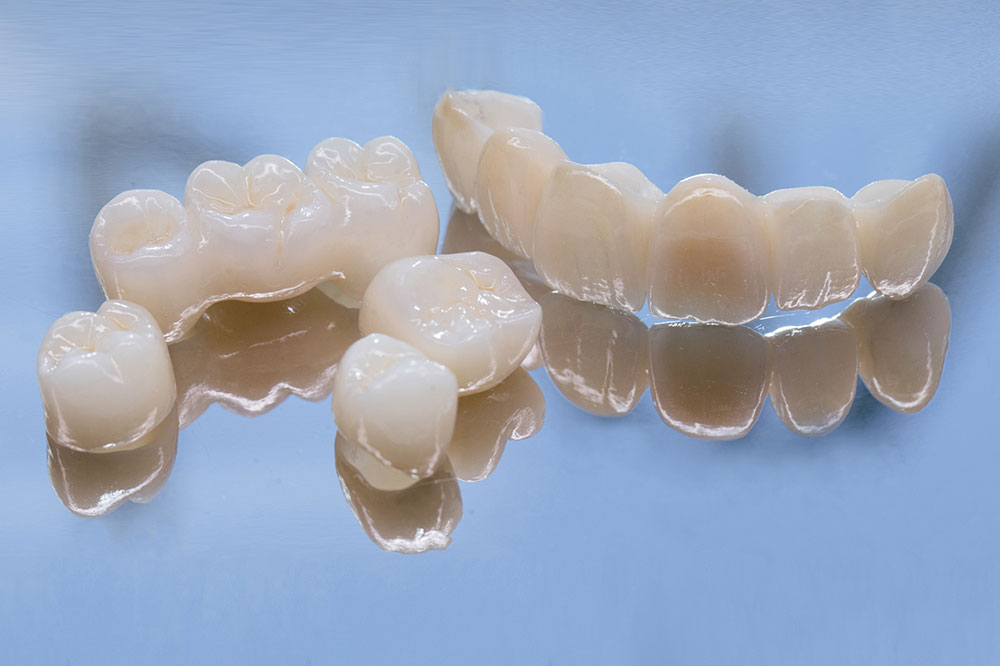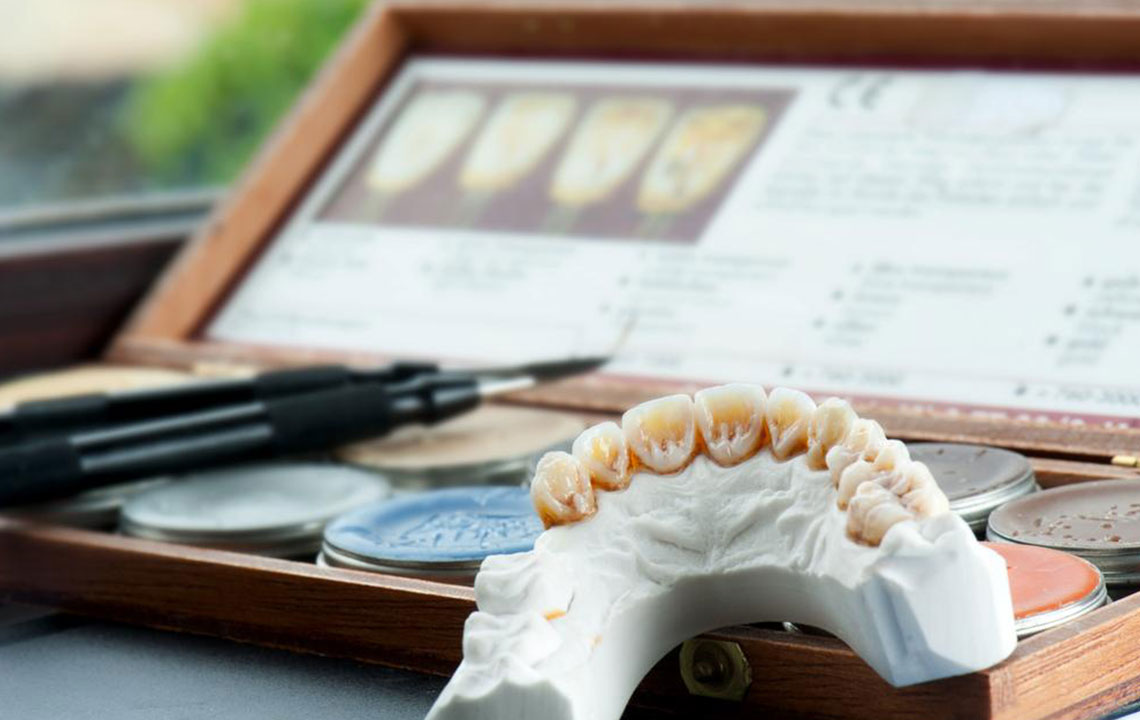Comprehensive Guide to Choosing the Right Dental Bridge for Your Oral Health
This comprehensive guide explores the different types of dental bridges, their benefits, limitations, and maintenance tips. Learn how to choose the best restoration for missing teeth to enhance your oral health, speech, and confidence. Discover the importance of proper care and the long-term impact on jawbone health, ensuring your smile remains functional and beautiful for years. Perfect for anyone considering dental implants or bridges, this article provides expert insights to make informed decisions about your dental restoration options.

Comprehensive Guide to Choosing the Right Dental Bridge for Your Oral Health
Maintaining healthy teeth and a confident smile often involves addressing the challenge of missing teeth. Whether due to decay, injury, or other dental issues, missing teeth can significantly impact your quality of life, affecting your ability to chew, speak clearly, and even your self-esteem. Dental bridges have become a popular, cost-effective solution preferred by many patients and dentists alike, providing a reliable way to restore both function and aesthetics. Understanding the different types of dental bridges, their benefits, limitations, and maintenance requirements is vital for making an informed decision that best suits your needs.
In this comprehensive guide, we will explore the various options available, discuss their pros and cons, and offer insights on how to ensure their longevity. With proper care and regular dental visits, a dental bridge can serve you well for over a decade, helping you regain comfort, confidence, and functionality in your daily life.
Why Replacing Missing Teeth Is Crucial
Missing teeth are not just a cosmetic concern—they can cause a cascade of problems affecting your overall health. When teeth are lost, neighboring teeth may shift, leading to misalignment and bite issues. The gap also weakens the structural integrity of your jawbone because the stimulation that normally maintains bone density is reduced. Over time, this can result in bone resorption, leading to further dental problems and facial changes.
Beyond health considerations, missing teeth can impair your ability to chew properly, making eating certain foods difficult or uncomfortable. Speech may also be affected, leading to social embarrassment or communication challenges. Moreover, gaps in your teeth can diminish your self-esteem and confidence, influencing personal and professional interactions. Therefore, addressing tooth loss promptly with suitable restorative options, like dental bridges, is essential for maintaining overall oral health and quality of life.
Types of Dental Bridges: Which One Is Right for You?
Selecting the appropriate type of dental bridge depends on your oral health, budget, and personal preferences. Each type offers unique advantages and considerations.
Traditional Dental Bridges: This is the most common and widely used type. It involves creating crowns for the natural teeth on either side of the gap, which serve as anchors. A pontic, or false tooth, fills the space in between. Traditional bridges are durable and suitable when adjacent natural teeth are healthy enough to support crowns. They typically last 10-15 years with proper care.
Maryland (Resin-Bonded) Bridges: Designed with a metal or porcelain framework bonded directly to the backs of the adjacent teeth, Maryland bridges require less removal of natural tooth structure. They are a good option for those with healthy neighboring teeth and are often preferred for front teeth due to their aesthetic appeal.
Cantilever Bridges: Suitable when only one natural tooth is available to support the bridge, cantilever options involve anchoring the pontic to a single adjacent tooth. While effective, they are less common today as they can exert undue stress on supporting teeth, potentially leading to damage.
Implant-Supported Bridges: This advanced option involves anchoring the bridge to dental implants surgically placed into the jawbone. These provide superior stability, do not compromise adjacent healthy teeth, and help preserve jawbone density. However, they require sufficient bone mass and involve higher costs and longer treatment times due to surgical procedures.
Important Considerations Before Getting a Dental Bridge
An educated patient is better equipped to choose the optimal restorative solution. Here are key points to consider before opting for a dental bridge:
Expected Lifespan and Maintenance
Generally, dental bridges can last between 10 to 15 years, provided they are well-maintained. The use of excellent oral hygiene practices, such as brushing, flossing, and regular dental check-ups, plays a crucial role. Some types, notably implant-supported bridges, may last even longer, up to 20 years or more, with diligent care.
Eating and Speaking Improvements
Contrary to some misconceptions, dental bridges typically enhance your ability to chew and speak compared to the situation without any replacement. Initially, you may experience some adjustment period, during which avoiding very hard or sticky foods is recommended. Over time, most patients find that their speech and eating comfort are restored to near-normal levels.
Are You a Suitable Candidate?
Ideal candidates for dental bridges should meet certain criteria:
Good oral health and hygiene habits
Stable overall health conditions
Healthy, sufficient bone support in the jaw
Presence of at least one suitable natural tooth adjacent to the gap
Before proceeding, your dentist will evaluate your oral structure, discuss your health status, and help determine the best type of bridge for your specific needs and budget.
Limitations of Dental Bridges
While dental bridges are highly effective, they are not a permanent solution. They need to be replaced or repaired over time due to natural wear and tear. Moreover, because they are anchored to existing teeth or implants, they do not stop the process of jawbone deterioration caused by missing teeth. This means that if bone support is not maintained or addressed, further dental complications can occur.
What About Bone Loss and Long-Term Health?
One significant limitation of traditional dental bridges is their inability to prevent jawbone resorption. Since bridges do not penetrate the bone or stimulate its maintenance, prolonged tooth loss can lead to bone shrinkage. Dental implants, which integrate directly into the jawbone, are a more effective long-term solution for maintaining bone health. Patients should consider this when planning their dental restoration options and discuss future preventive measures with their dental care team.
Final Thoughts: Making an Informed Choice
In selecting a dental bridge, it's essential to weigh factors such as durability, aesthetics, cost, and your ability to undergo a surgical procedure if opting for implant-supported options. Consultation with a qualified dentist will ensure you receive personalized advice tailored to your unique oral health condition. Regular check-ups, diligent oral hygiene, and a healthy lifestyle will maximize the lifespan of your restoration, helping you enjoy a healthy, confident smile for years to come.





